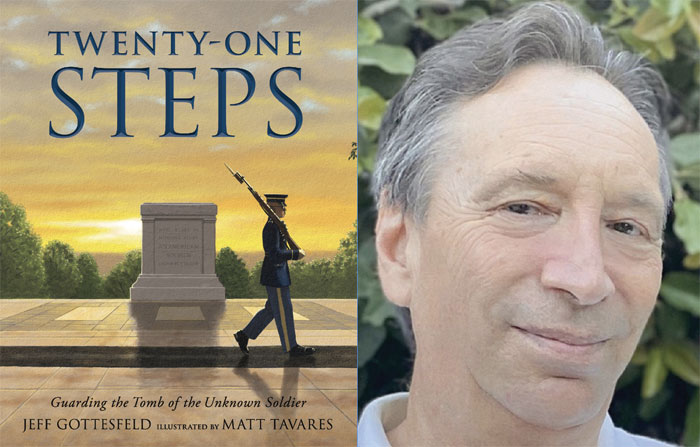 Twenty-One Steps book by author Jeff Gottesfeld
Twenty-One Steps book by author Jeff Gottesfeld One hundred years ago, on November 11, 1921, after the end of World War I, the first Unknown Soldier was interred at Arlington National Cemetery. Since the site of the white marble memorial provides a stunning view of Washington, D.C., families soon began visiting it and having picnics there, not remembering the meaning behind it.
That all changed at midnight on July 2, 1937, when a soldier began walking in front of the memorial. The soldier took 21 steps down the black mat that was behind the tomb, turned, faced east for 21 seconds, turned and faced north for 21 seconds and then took 21 steps down the mat. The soldier repeated the process over and over again to symbolize the 21-gun salute, which is the highest military honor a member can receive. Since 1937, a soldier has always stood guard, never leaving the Unknown Soldier alone.
In his new kid-lit book, “Twenty-One Steps: Guarding the Tomb of the Unknown Soldier,” author Jeff Gottesfeld explains the 21 steps from the perspective of the Unknown Soldier buried in the tomb.
“The Tomb reminds us that freedom is not free. The Tomb Guards remind us that to strive for perfection means doing better than we ever might have dreamed.” — Jeff Gottesfeld
“The contemplation of sacrifice by others has the potential to bring out the very best in ourselves,” Gottesfeld told the Journal. “The Tomb reminds us that freedom is not free. The Tomb Guards remind us that to strive for perfection means doing better than we ever might have dreamed.”
The author grew up during the Vietnam era and was antagonistic towards the American military. Then, as he got older, he said he started to respect it and wanted to learn more.
“I came to believe over time that the United States military is one of the greatest forces for good in the history of the planet, and remains so. It’s a big institution with a gigantic history, so like all big institutions it has its problems and dark moments. So do I. In general, though, our armed forces have been and are a blessing to the world.”
Every year, on Memorial Day, Gottesfeld made it a tradition to visit national cemeteries wherever he lived. Now a North Hollywood resident, he was at the Los Angeles National Cemetery on Memorial Day of 2016 when he came across a headstone that said “UNKNOWN.” Then, he saw another.
“I flashed back to a collegiate years visit to the Tomb of the Unknown Soldier, remembered the Tomb Guards and realized how little I knew about each [one],” he said. “And if I knew little, then the average third or fourth grader had to know less. I’m telling you, by the time I left the cemetery that afternoon, I was determined to write this book.”
“Twenty-One Steps” is deeply moving, giving readers the truly devastating story behind the fallen soldiers. It begins, “I am an Unknown. I am one of many. We fell for the last time in the Argonne Forest. At Somme. Belleau Wood. Facedown in trenches, face up on hillsides. We fell a thousand ways. In life, we were our mothers’ sons. In death, we are faded photos on the mantel, empty chairs at Thanksgiving, prayers in the dark before dawn. We are known but to God.”
Gottesfeld envisioned that the soldier was lonely in his grave, until he heard the 21 steps: “Late one half-moon night, I heard footsteps. The sharp click of heels. Silence. Another click. More silence. Twenty-one footsteps. Click. Twenty-one seconds of silence. Click. Twenty-one seconds of silence. Twenty-one more steps. With each step, my war was over.”
Since releasing the book this past February, Gottesfeld, who has written three other kid-lit books including “The Christmas Mitzvah” and “The Tree in the Courtyard,” has read it aloud to second graders through high schoolers and to adults and senior citizens.
“It resonates,” he said. “No matter the age, people get it on a gut level.”
When people read his book, Gottesfeld wants them to come away with an appreciation for American values and the selfless sacrifices soldiers make.
“I would hope that everyone who reads ‘Twenty-One Steps” — not just kids — will first learn the facts of how the closest thing we have to a national shrine came to be, then why the Tomb Guards are there to protect it and finally considers how the values that the Tomb represents still matter in twenty-first century America,” he said. “Because they do.”








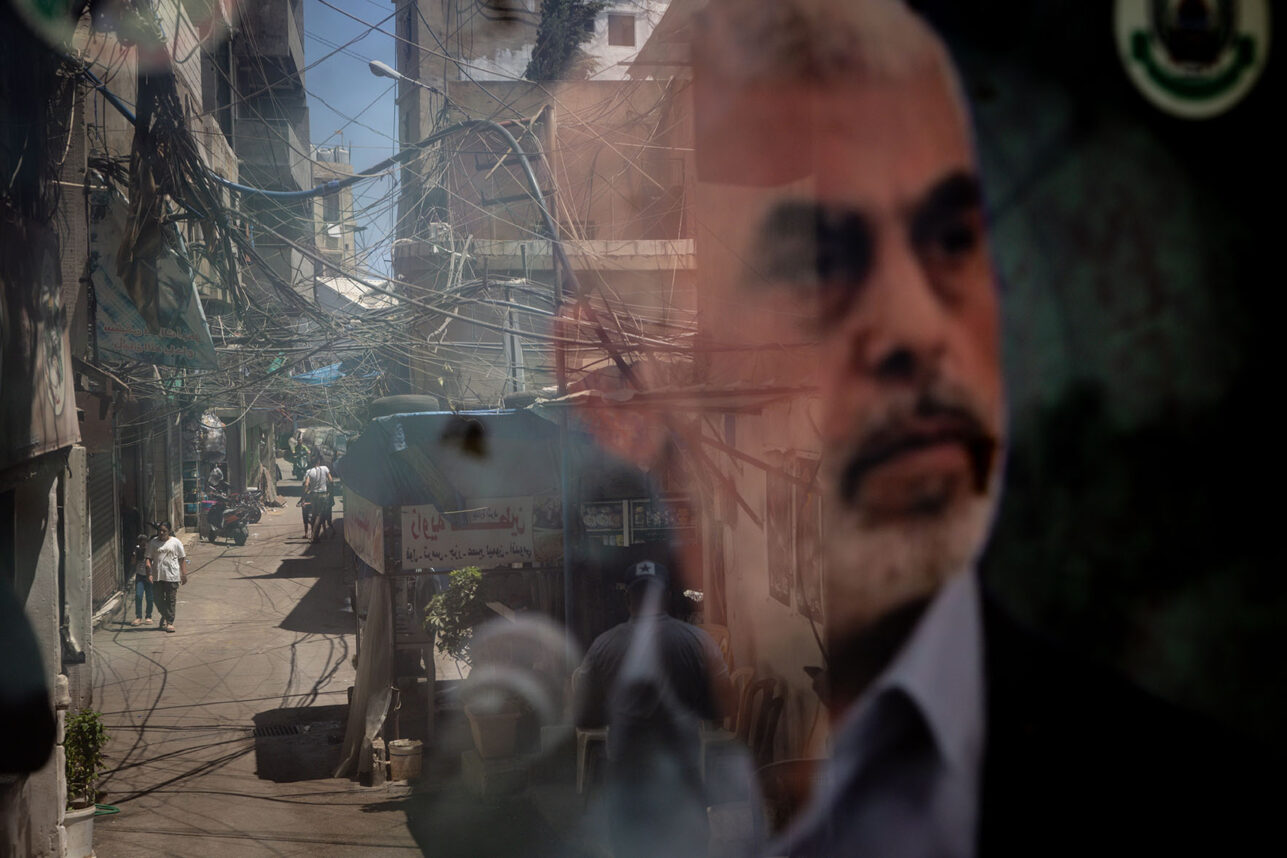
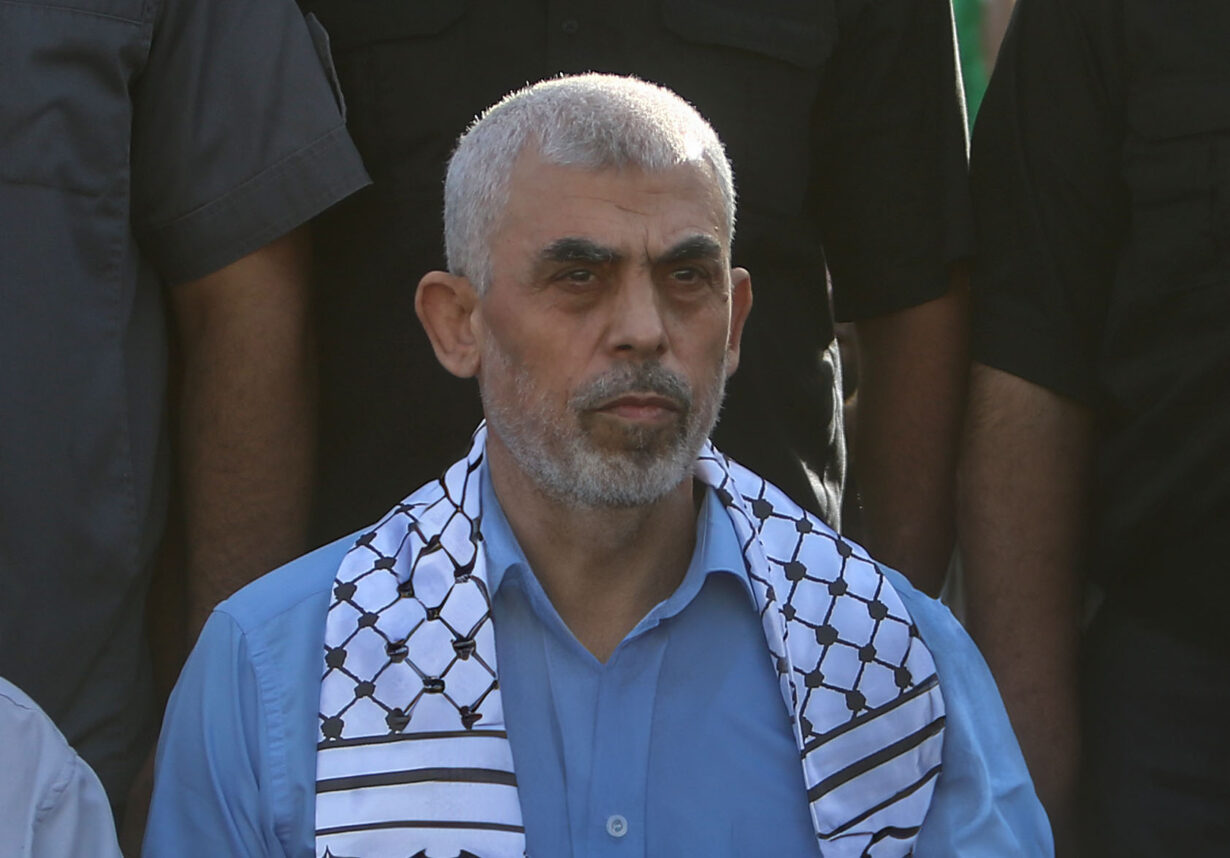


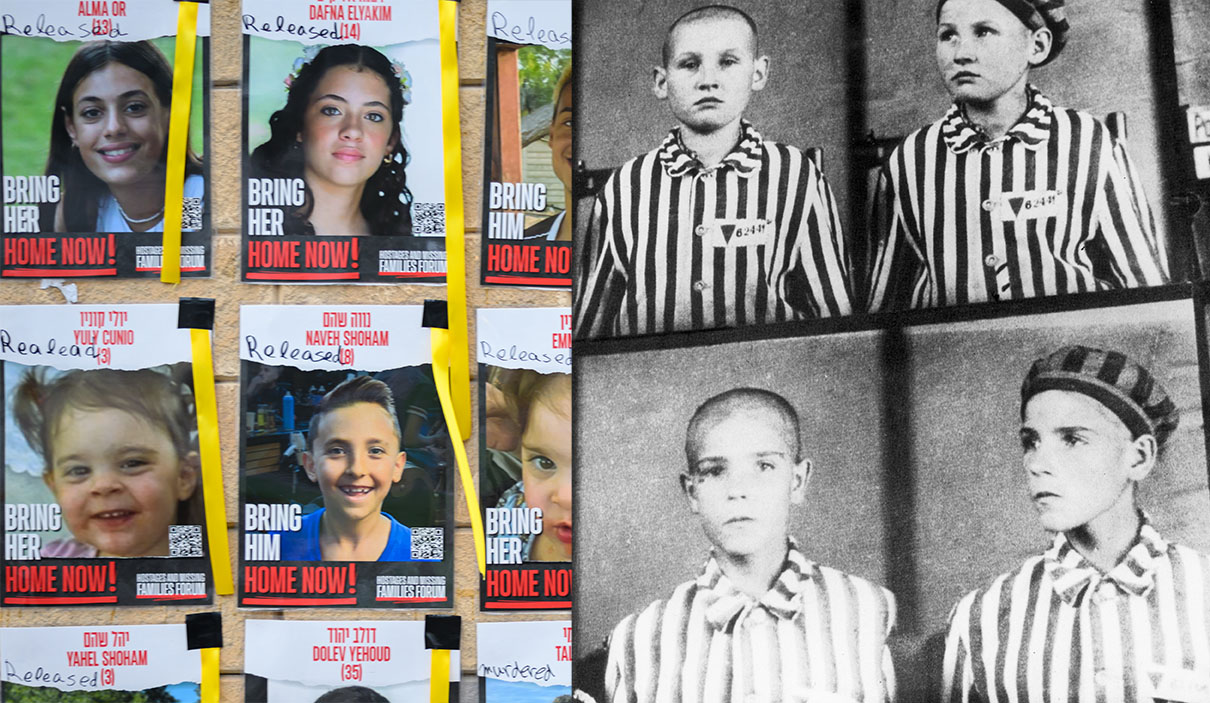




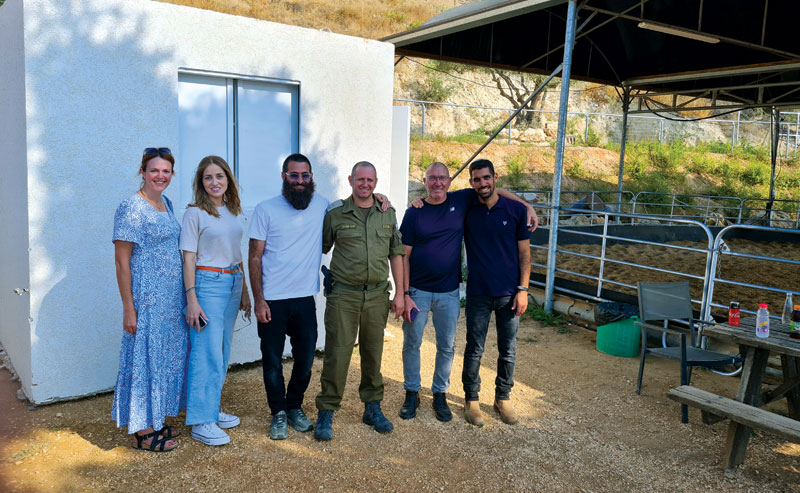





 More news and opinions than at a Shabbat dinner, right in your inbox.
More news and opinions than at a Shabbat dinner, right in your inbox.